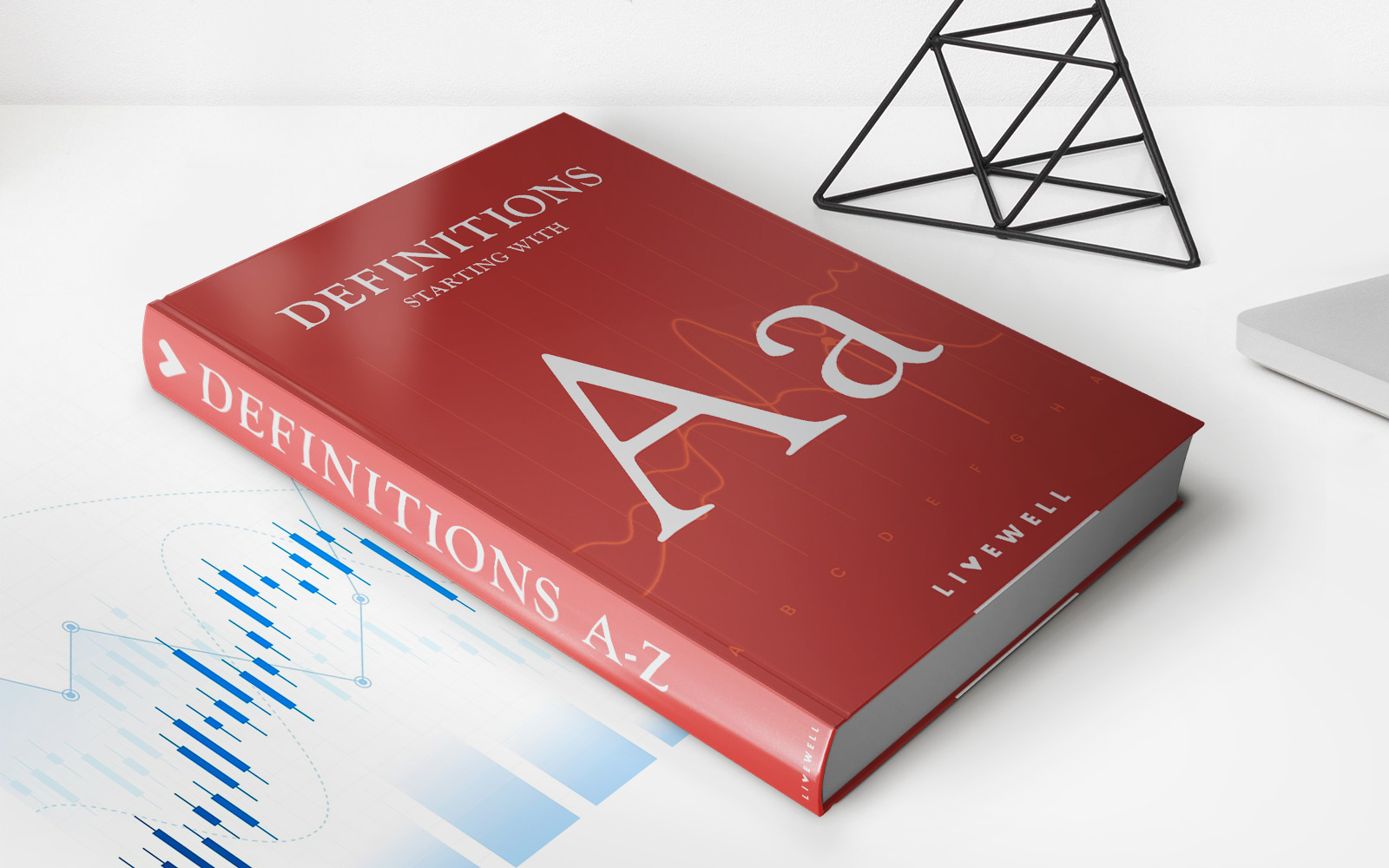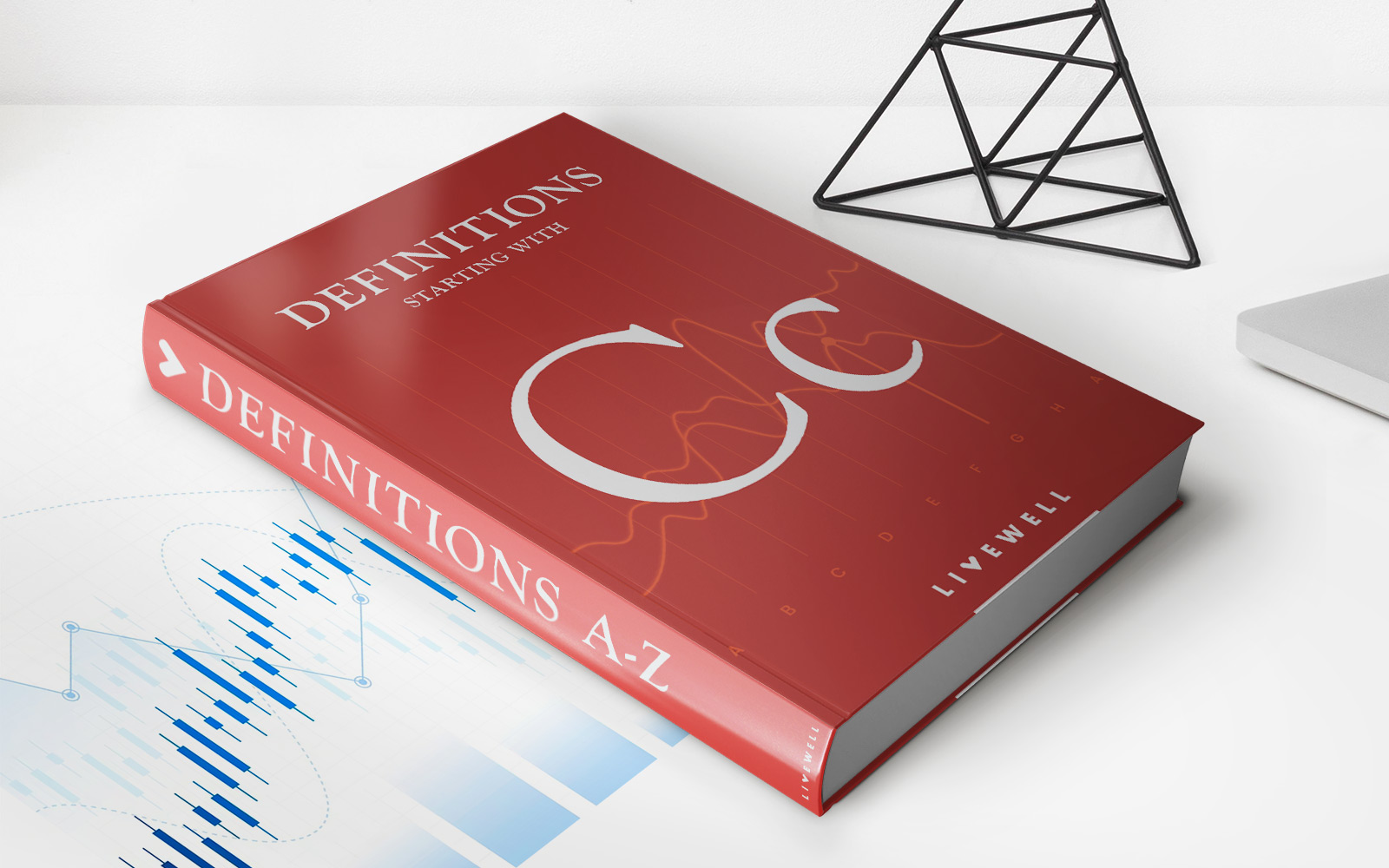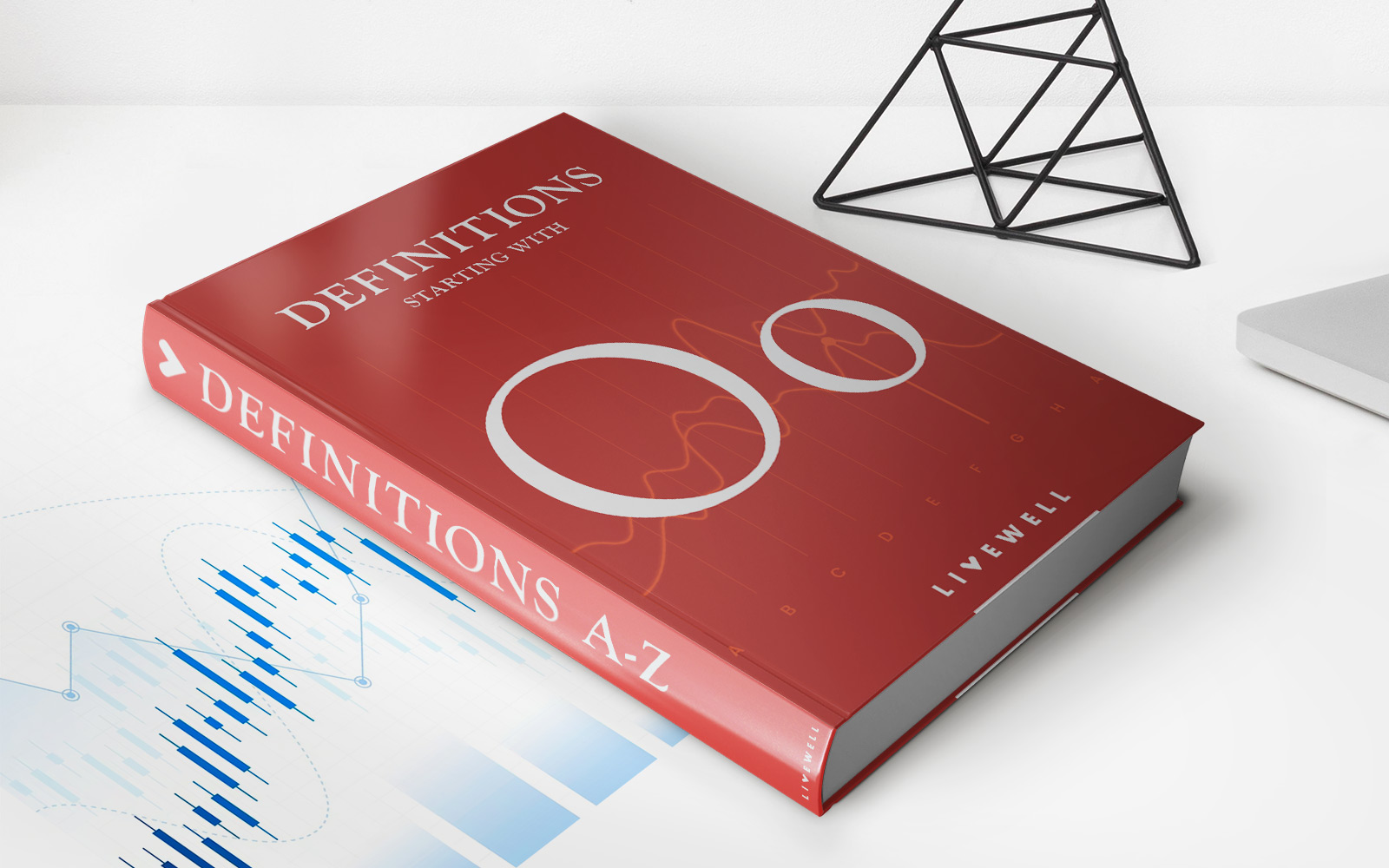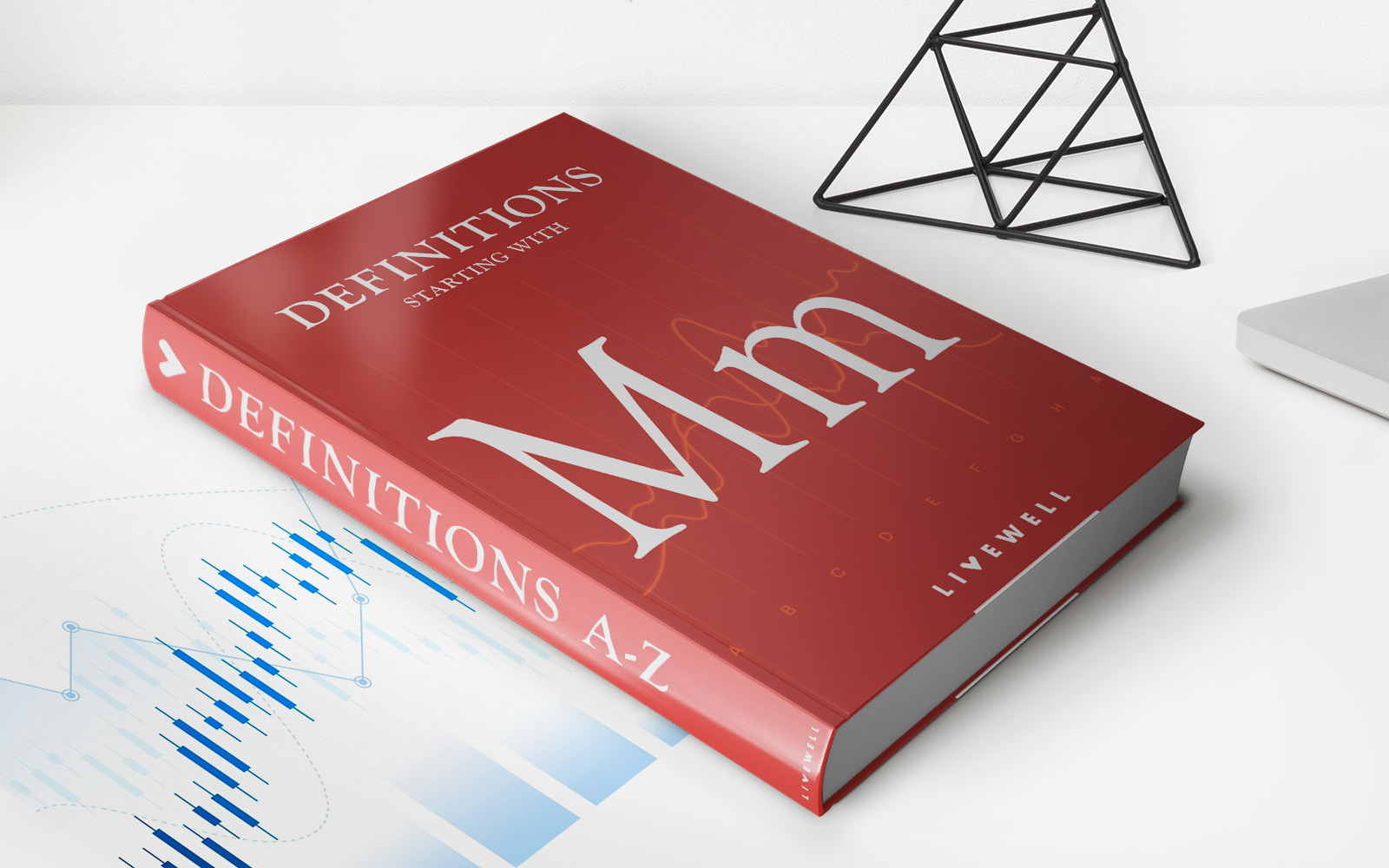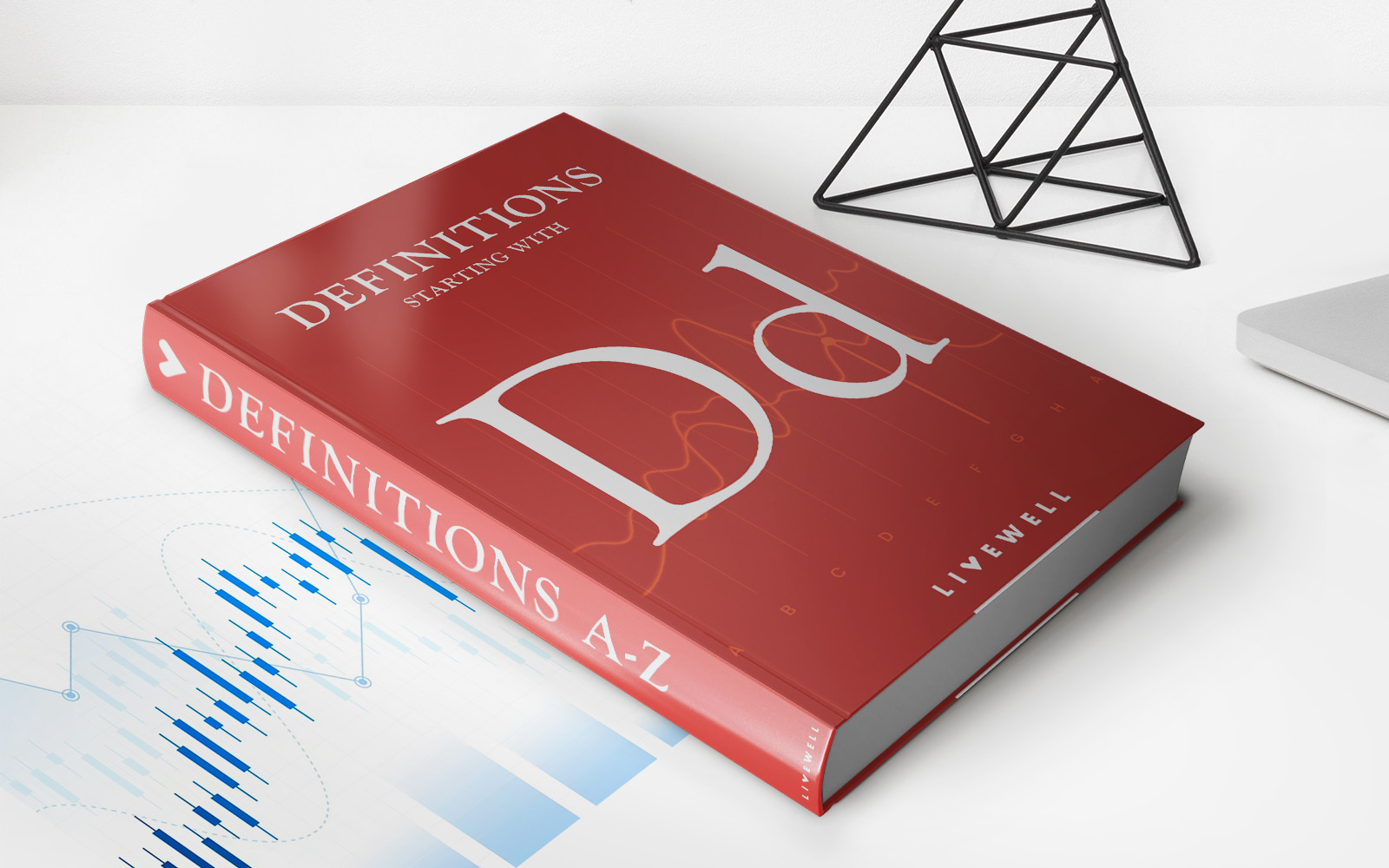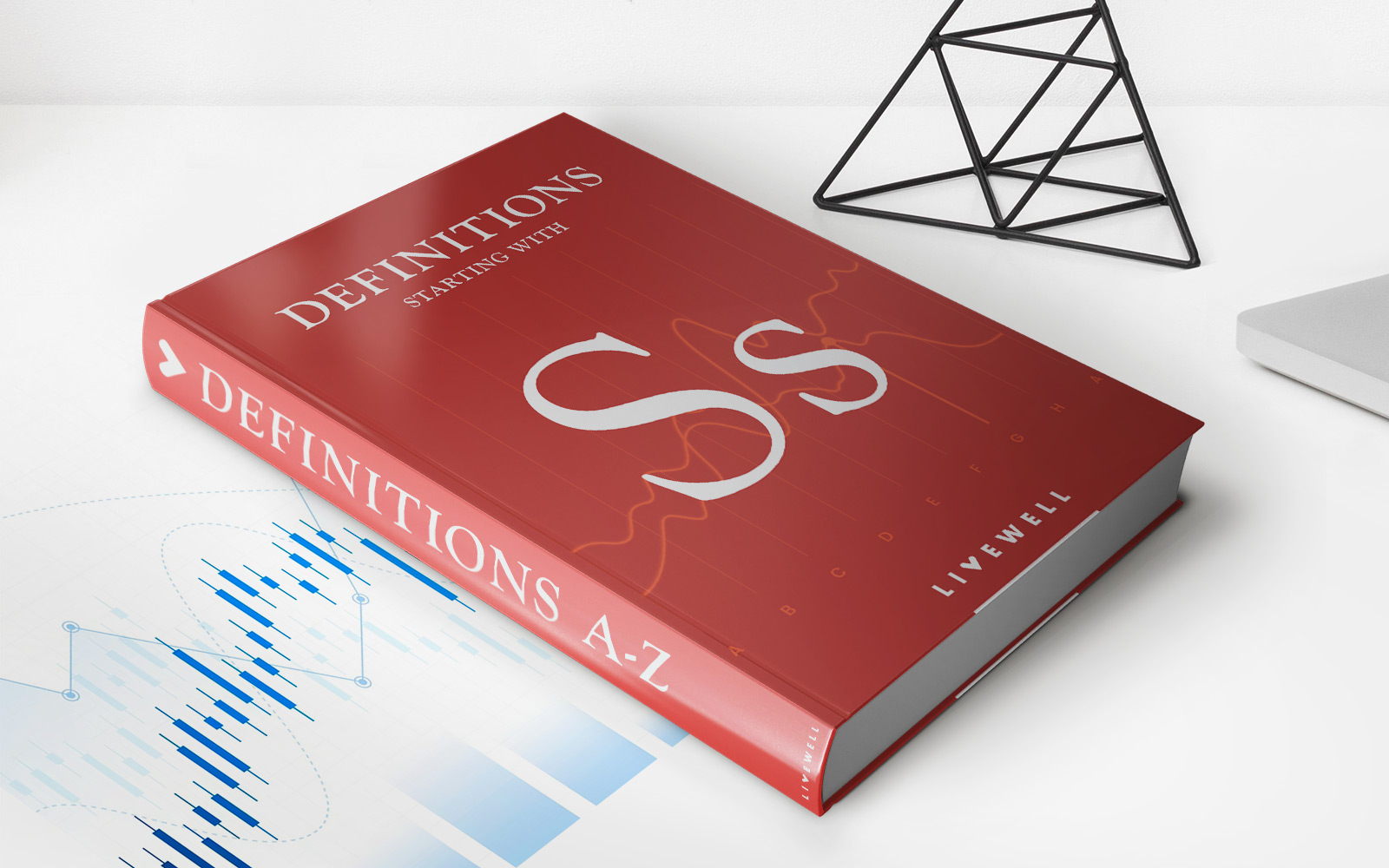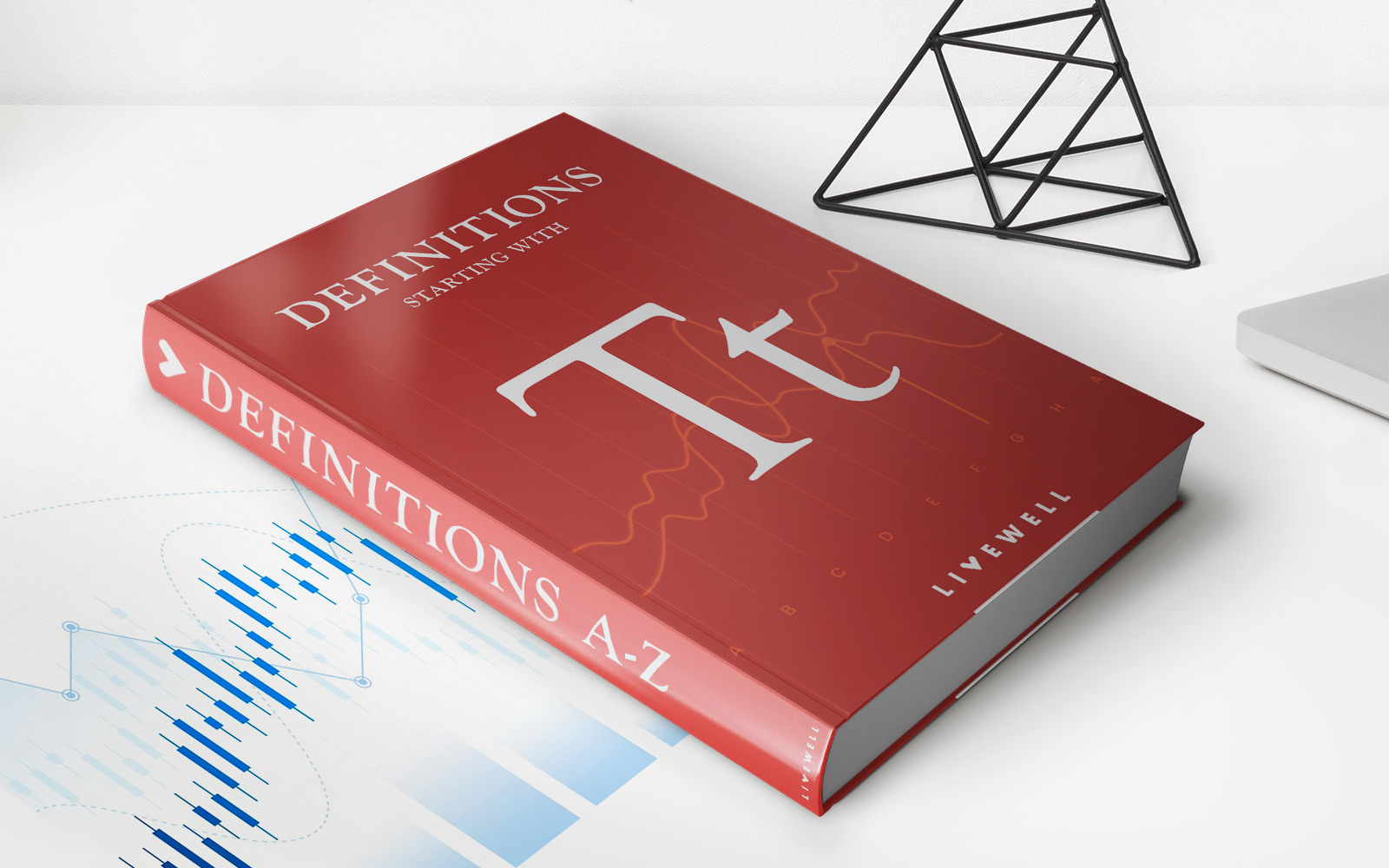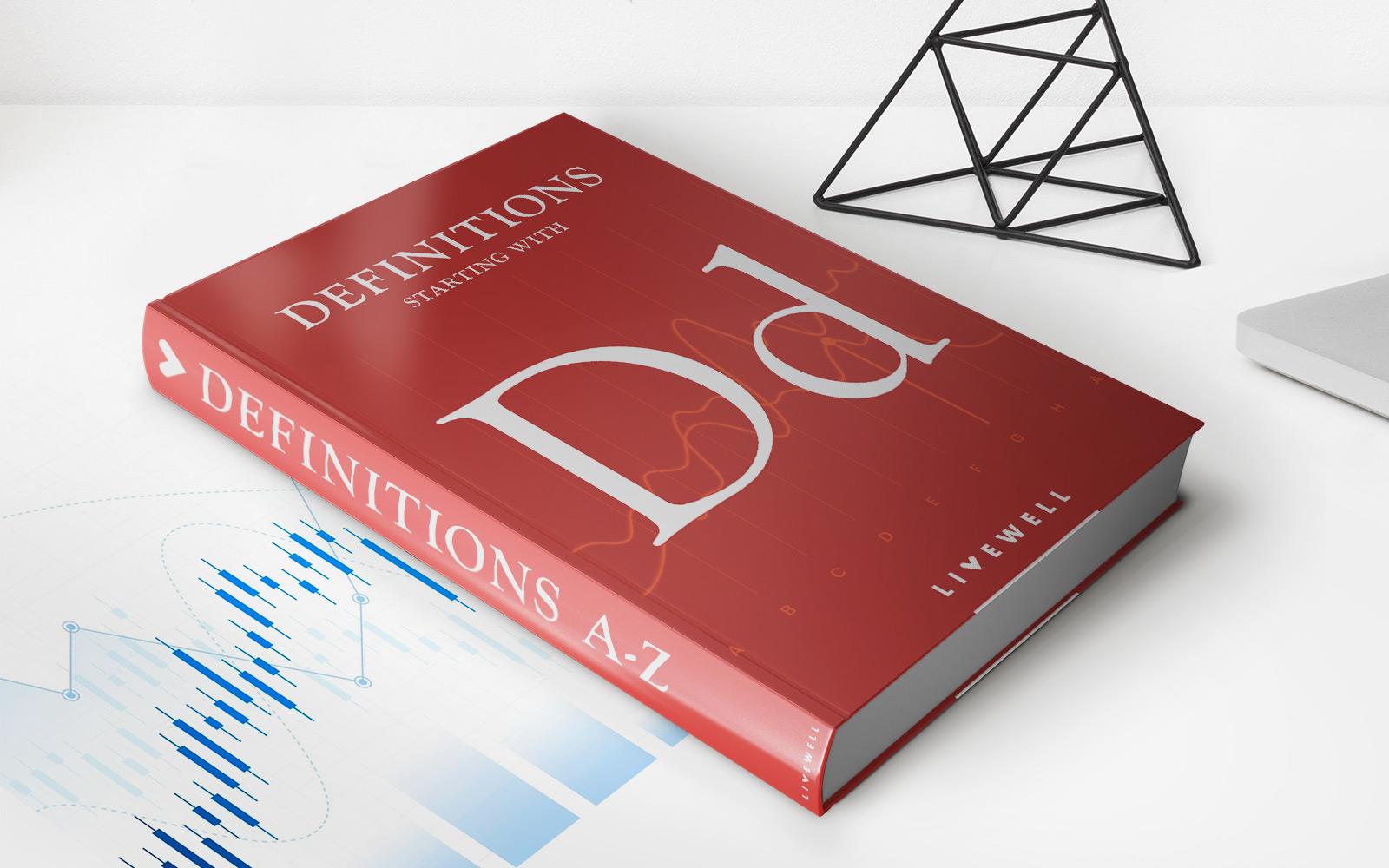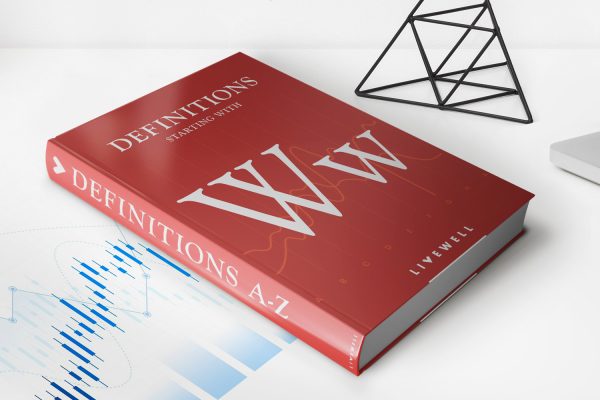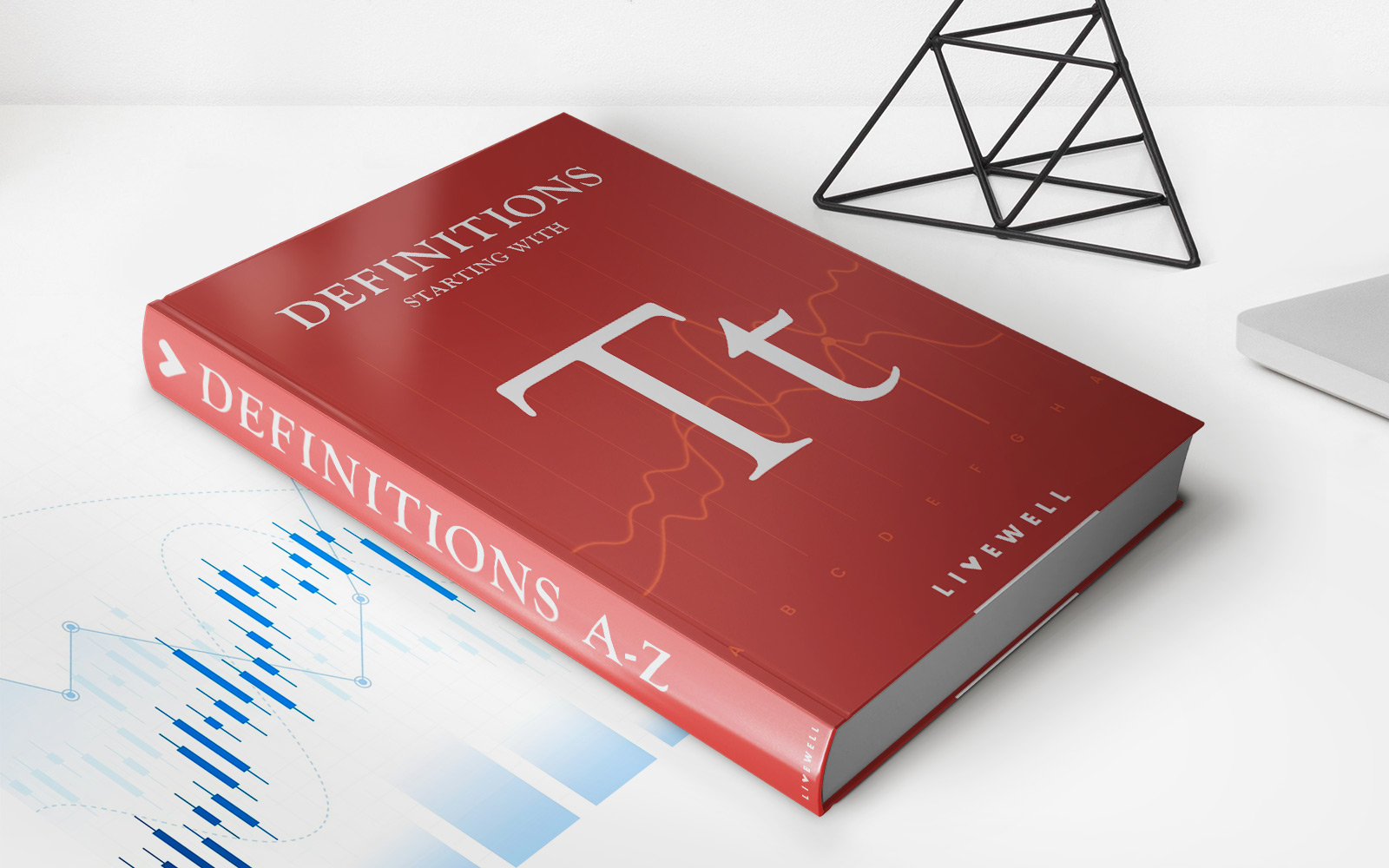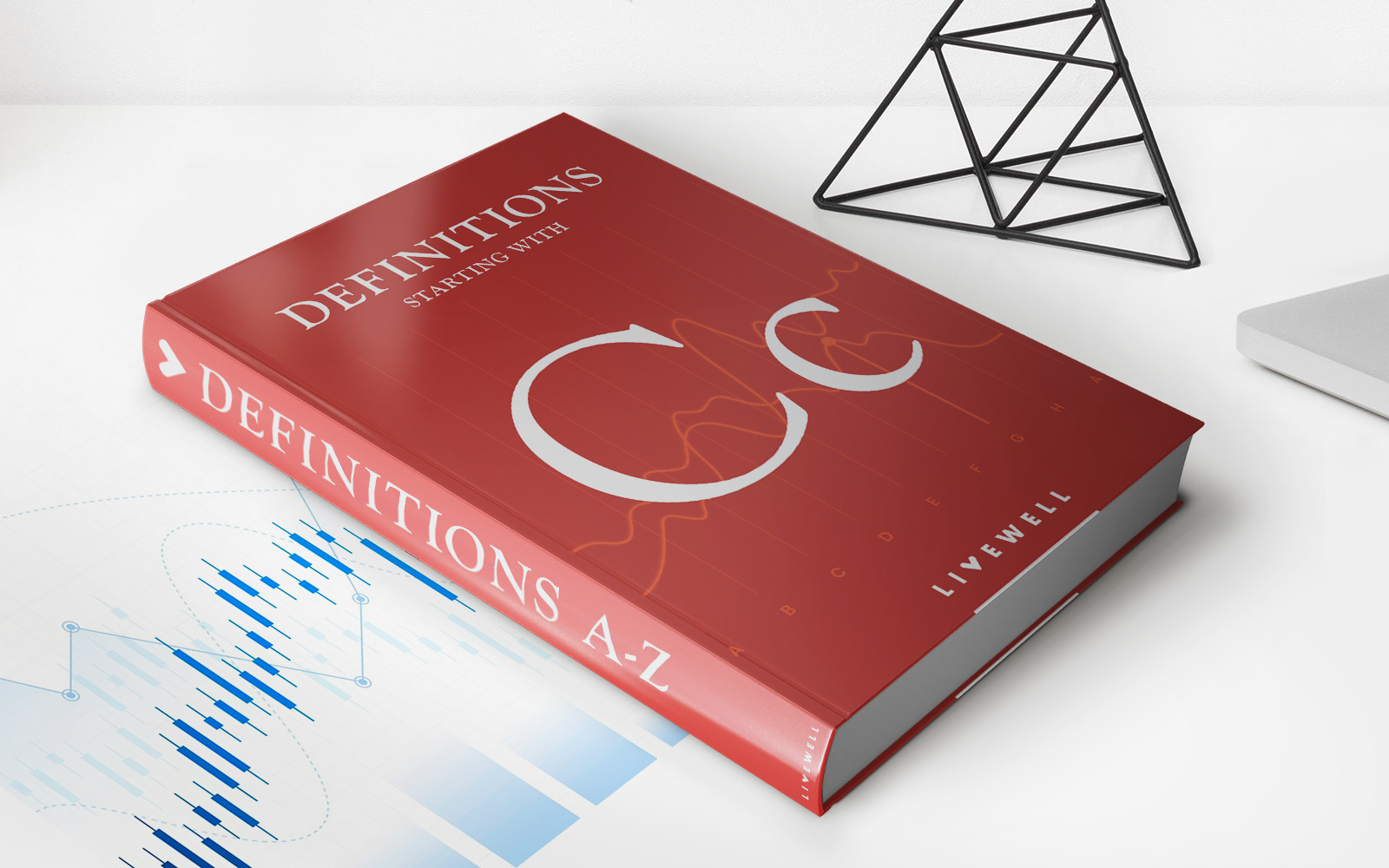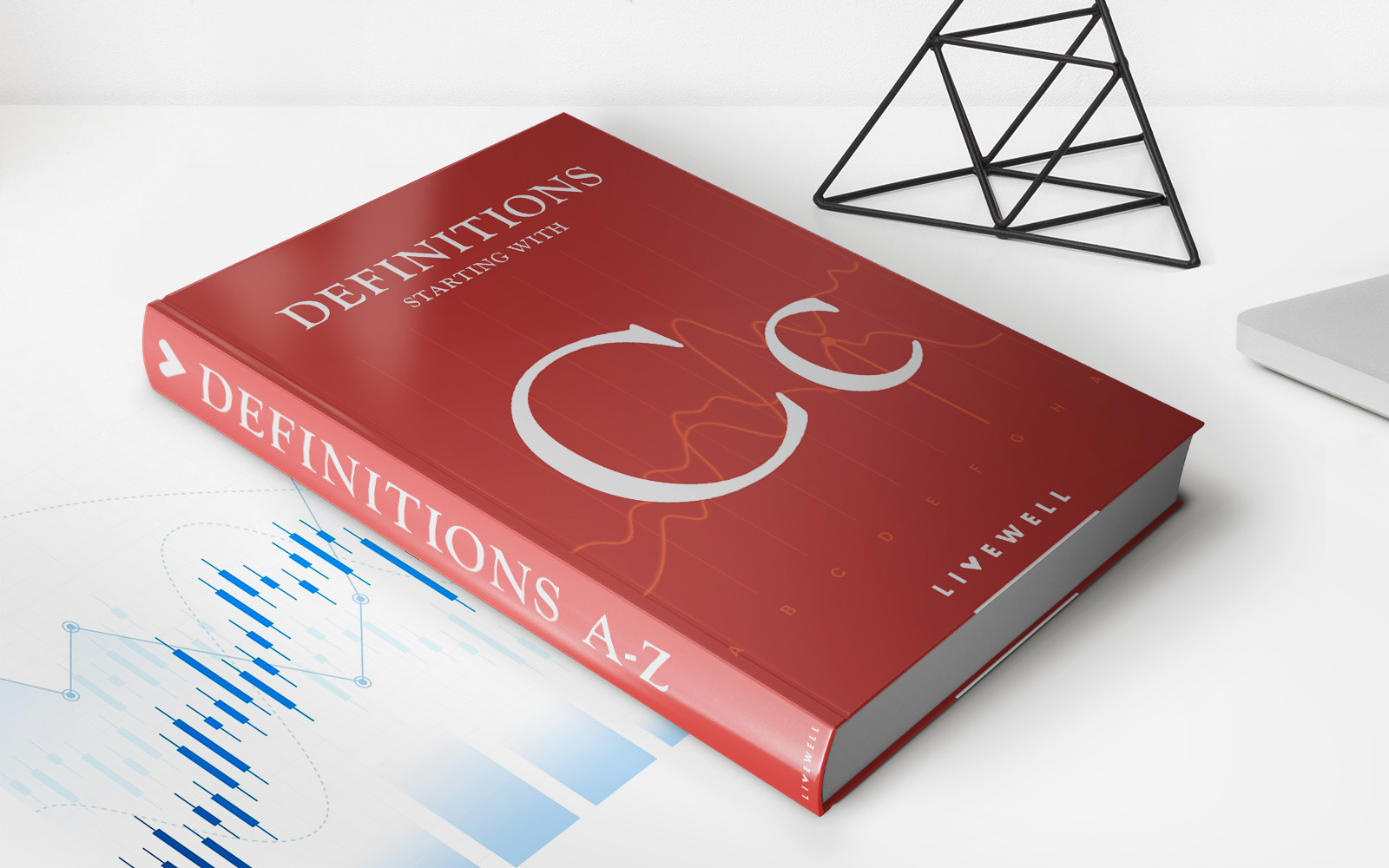Home>Finance>What Are Direct Costs? Definition, Examples, And Types
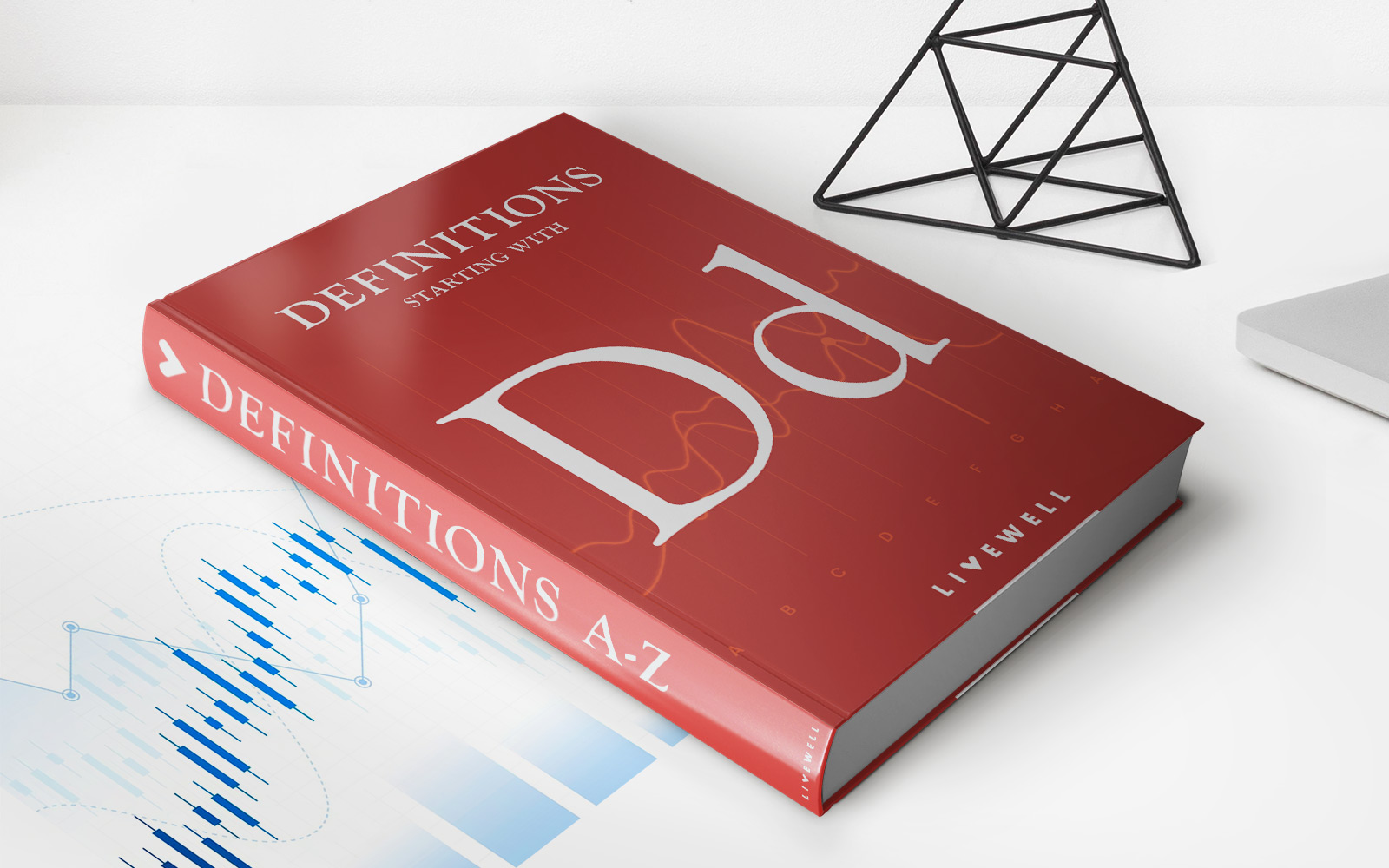

Finance
What Are Direct Costs? Definition, Examples, And Types
Published: November 11, 2023
Discover the definition, examples, and types of direct costs in finance. Enhance your understanding of finance by learning about direct costs today.
(Many of the links in this article redirect to a specific reviewed product. Your purchase of these products through affiliate links helps to generate commission for LiveWell, at no extra cost. Learn more)
What Are Direct Costs? Definition, Examples, and Types
Welcome to our Finance category blog post where we break down complex financial topics into easy-to-understand terms. In this article, we will be focusing on direct costs – what they are, providing examples of direct costs, and discussing different types of direct costs.
Key Takeaways:
- Direct costs are expenses that can be directly attributed to the production of a specific product or service.
- Understanding direct costs is crucial for businesses as it helps determine their profitability and pricing strategies.
Definition of Direct Costs
In simple terms, direct costs are the expenses directly associated with the production of goods or services. These costs can be easily allocated and tracked, as they are linked directly to a particular product, project, or service. Direct costs are a vital component of cost accounting and play a significant role in determining a company’s overall financial health.
Examples of Direct Costs
Direct costs can vary depending on the nature of the business and the industry it operates in. Here are some common examples of direct costs:
- Raw Materials: The cost of purchasing raw materials, such as wood, metals, or fabrics, directly used in the manufacturing process.
- Direct Labor: The wages or salaries paid to the workers involved in the production of a specific product or service.
- Equipment and Machinery: The cost of machinery, tools, or equipment necessary for the production process.
- Utilities: Direct expenses related to utilities such as electricity, water, or heating consumed during the production process.
- Packaging: The cost of packaging materials used to wrap, protect, and label the final product.
- Direct Outsourcing: The fees paid to external vendors or contractors for specific services required in the production process.
Types of Direct Costs
Direct costs can be further categorized into different types, each serving a specific purpose in cost allocation and management. Here are some common types of direct costs:
- Direct Material Costs: The costs associated with the purchase, handling, and storage of raw materials directly used in production.
- Direct Labor Costs: The wages and benefits paid to employees whose work can directly be traced to a specific product or service.
- Direct Expense Costs: The costs incurred from specific expenses directly tied to the production process, such as utility bills or equipment rental fees.
- Direct Contract Costs: The costs associated with hiring external contractors or suppliers for providing direct services or products used in the production process.
Understanding direct costs is crucial for businesses as it enables them to make informed decisions about pricing, profitability, and resource allocation. By accurately tracking and managing their direct costs, companies can optimize their operations and ensure financial success.
Thank you for reading our blog post on direct costs. We hope this article has provided you with a clear understanding of what direct costs are, given you some examples, and explained the different types that exist. For more informative articles on finance and other topics, stay tuned to our Finance category!
